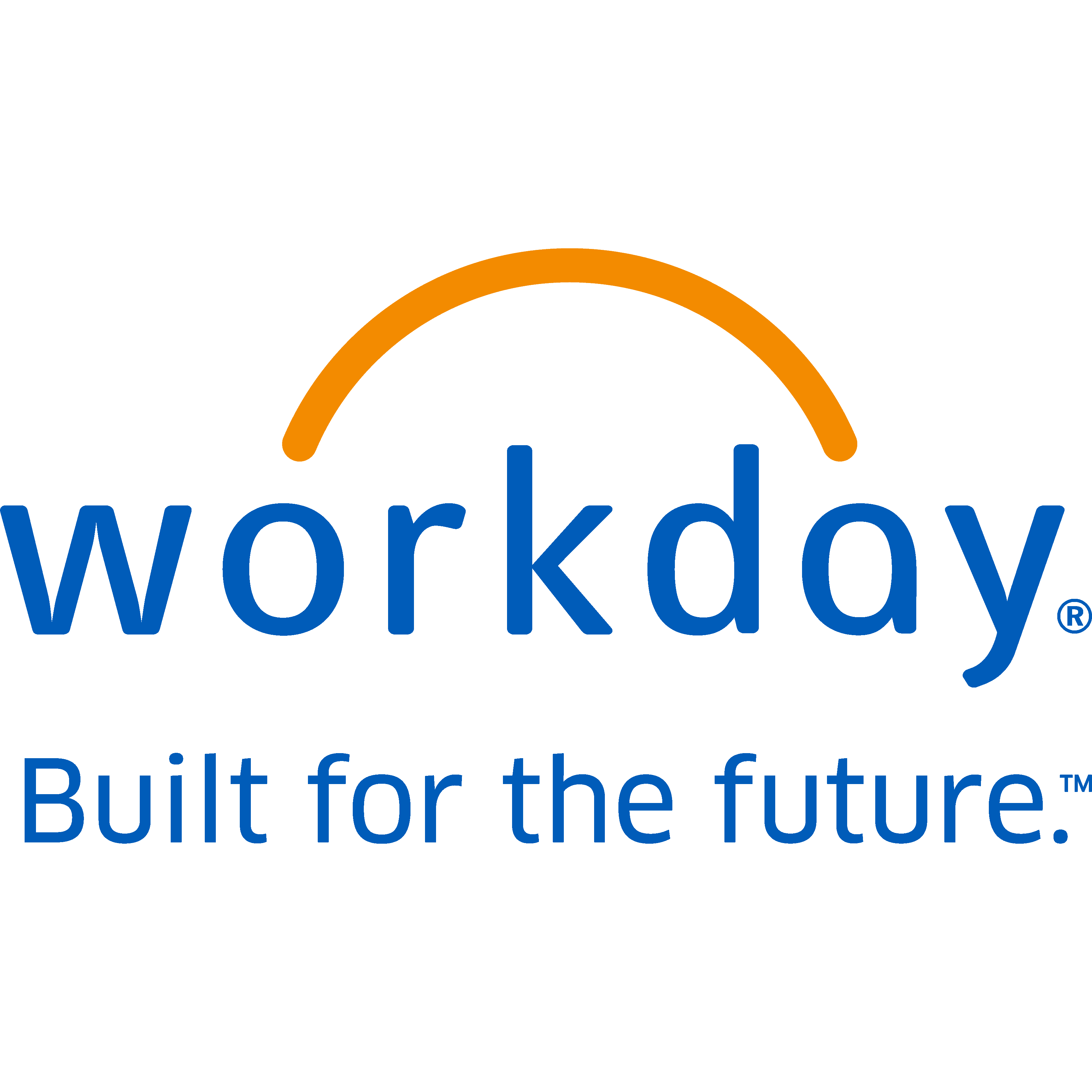Change can be hard, uncomfortable and downright overwhelming. Even planning for it can cause angst.
Maybe it’s new leadership at your agency, uncertainty about your current and future role, or perhaps you’ve been asked to manage a major project at work. Whether big or small, change is personal and often requires us to step outside of our comfort zone.
At the federal level, workforce reforms are one of the biggest human capital changes that agencies face right now. They are responding to an April Office of Management and Budget (OMB) memo that calls on agencies to plan for near- and long-term reductions across the civilian workforce.
Although the mandates for workforce reforms are not as drastic across state and local governments, hiring managers are working through their own challenges, including recruiting and retaining employees and shaping their future workforces as seasoned professionals retire.
To help employees navigate these changes, effective communication must work its way from the top down. Senior leaders must be in lockstep with mid-level managers and human resources professionals to clearly articulate what’s happening, why it’s happening and how changes will affect employees.
In this GovLoop guide, we provide an overview of key workforce reforms happening at all levels of government, specific examples of how they are playing out nationwide and tips for effectively communicating those changes to employees. The areas of focus include:
- Hiring and reductions
- Employee training
- Succession planning
- Streamlining HR functions with IT
- Buyouts and retirement
 |
 |
|
 |
 |






